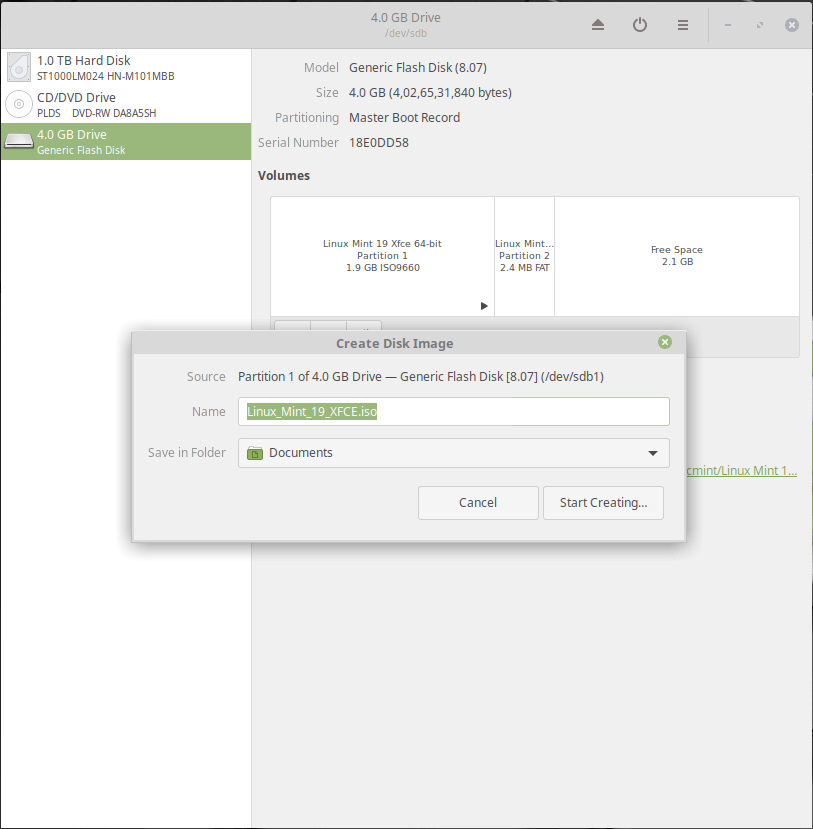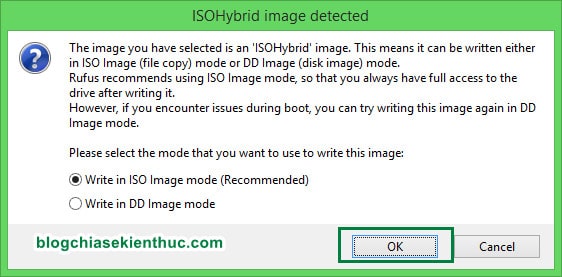

Recently I tried using it but hit issues related to changes in isolinux, which has since introduced the new isohybrid method. It extracts the ISO to the USB drive together and then installs syslinux. If for some reason your ISO isn't using ISOLINUX as the bootloader you might want to try the old pre-isohybrid version of the iso2usb.py script which I wrote a few years ago. Once completed, the USB flash drive should now boot directly, showing exactly the same bootup screen as if you'd written the image directly to a CD. Usb: disk/by-id/usb-SanDisk_Cruzer_Blade_200601650311ADD19323-0:0 (/dev/sdc)Īdditionally, iso2usb will check whether the ISO image has been pre-processed with isohybrid, and if not it will process the image before writing it. Iso2usb will do its best to verify that the usb_device is actually a USB device, and prompt for confirmation with device information before doing anything dangerous: So if you simply "raw" copy an isohybrid processed image to a USB flash drive, the BIOS will boot the image directly. These isohybrid images contain in addition to the normal CD-based ISO9660 filesystem, a valid-looking DOS-style partition table.

Starting in version 3.72, ISOLINUX supports a "hybrid mode" which can be booted from either CD-ROM or from a device which BIOS considers a hard disk or ZIP disk, e.g. You need to write to the disk path because isohybrid prepends a partition structure to the ISO. dd needs to write to the disk path, not the partition path: in the above example /dev/sde is the disk path device, /dev/sde1 is the partition path (e.g., sde1 is the first partition on sde).dd will completely overwrite your USB drive: Any data on it will be lost so if you use this method you'll want to use it with a dedicated USB device.

On Ubuntu prepend the commands with sudo (e.g., sudo apt-get install syslinux)

Root access is required: You will need to perform the above commands as root.


 0 kommentar(er)
0 kommentar(er)
